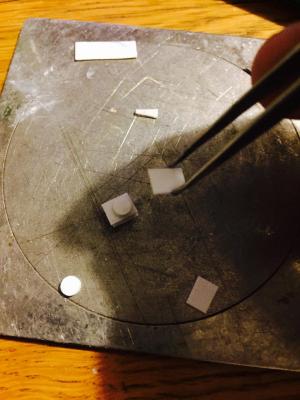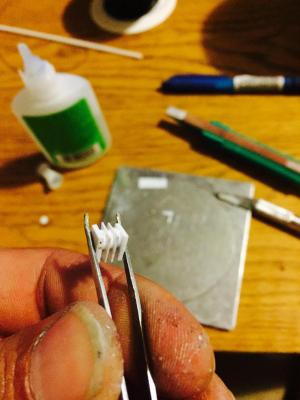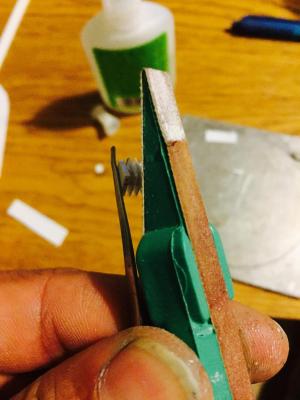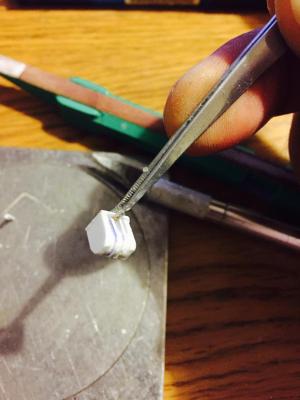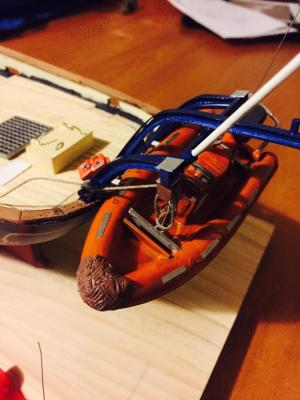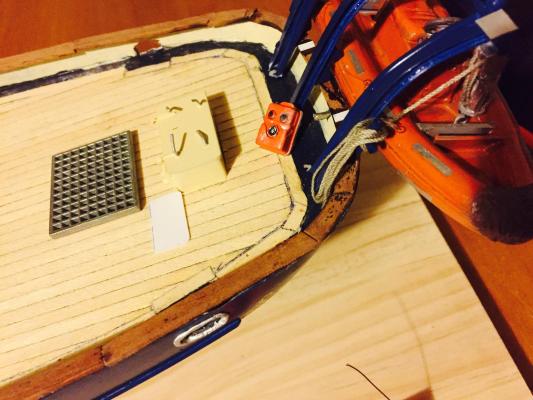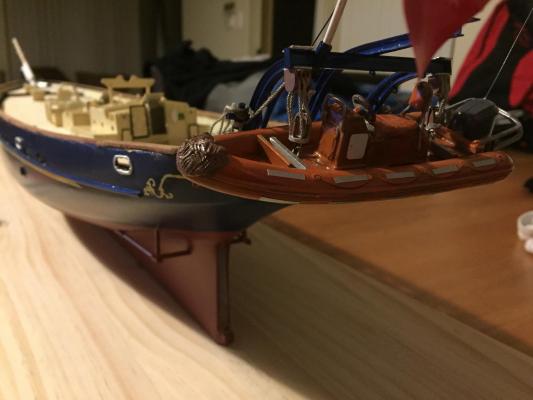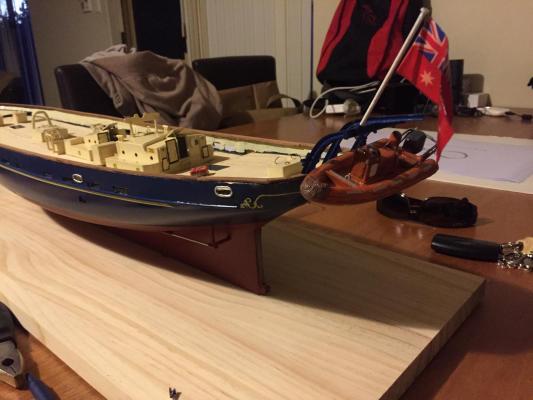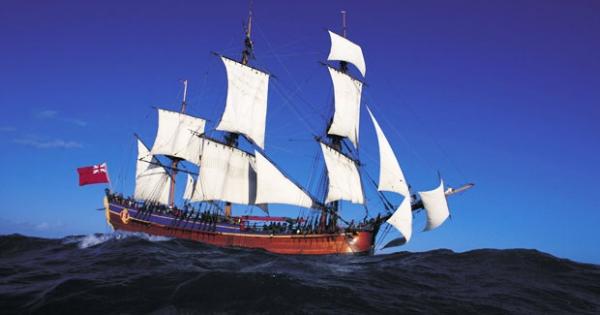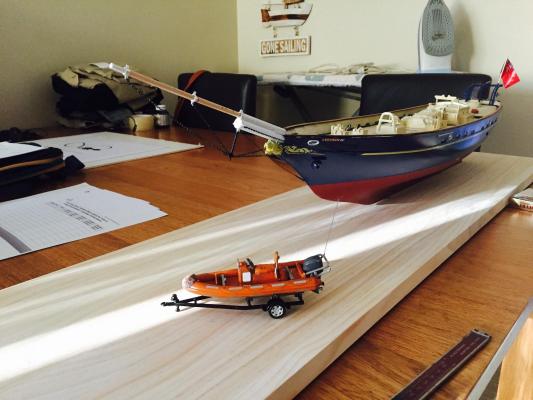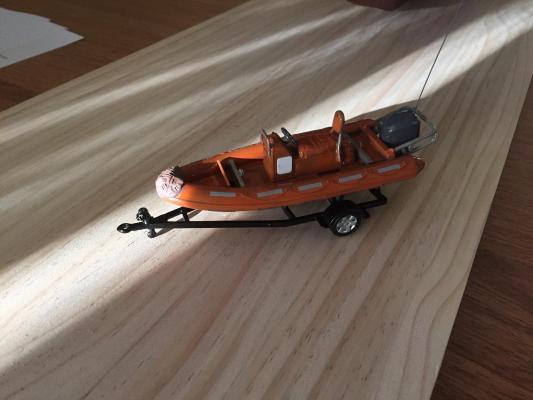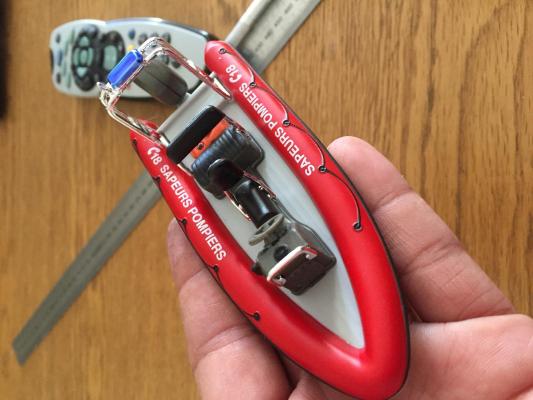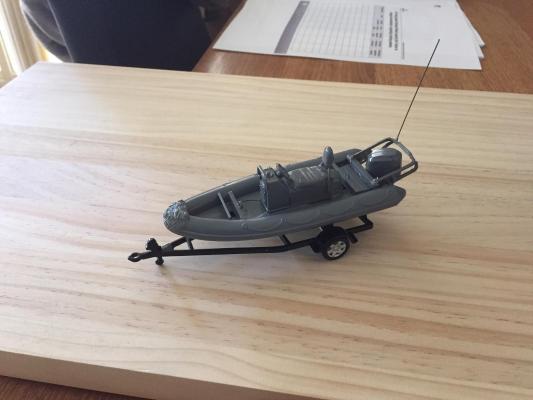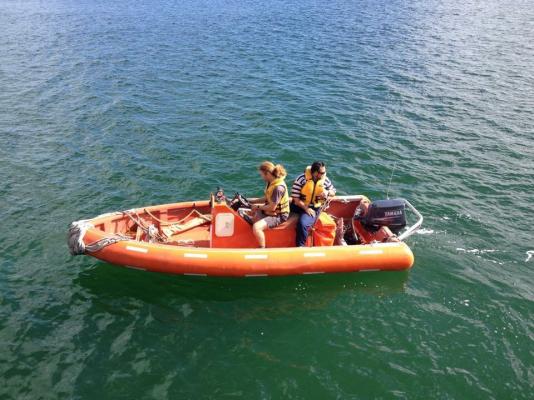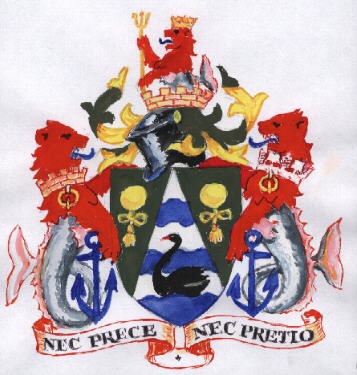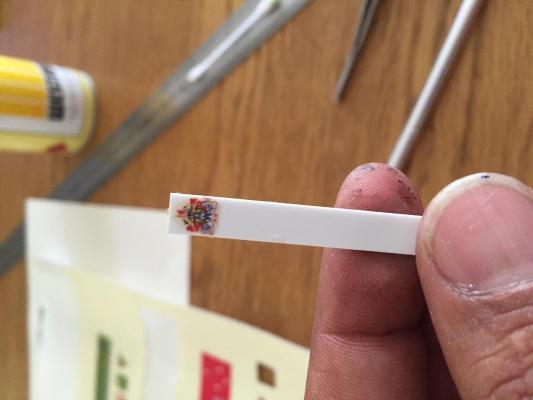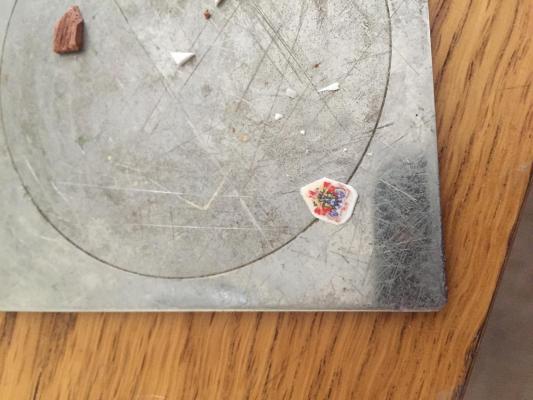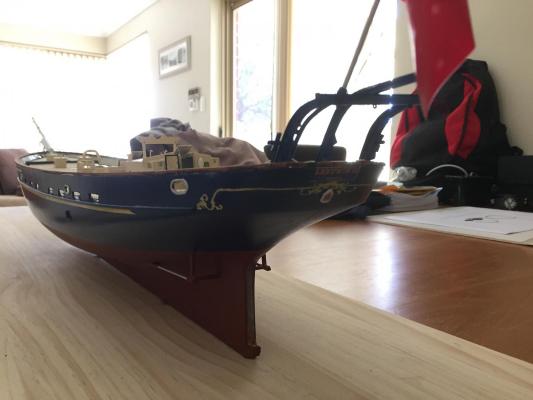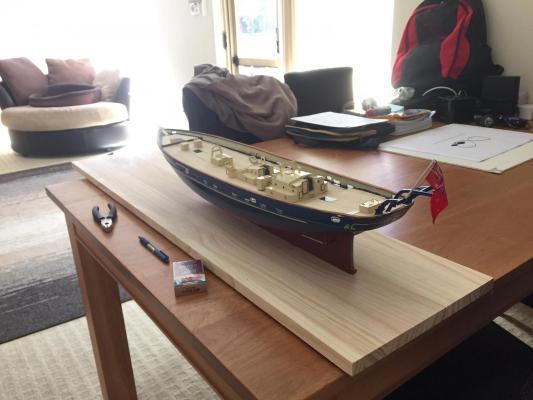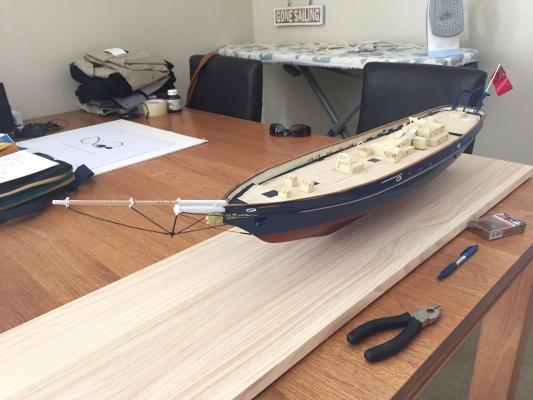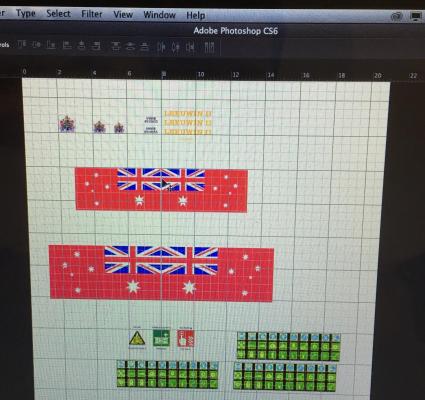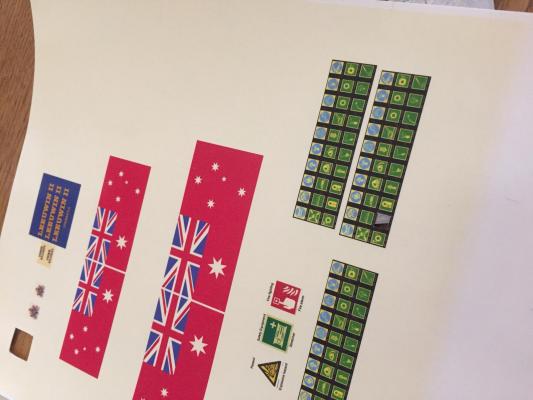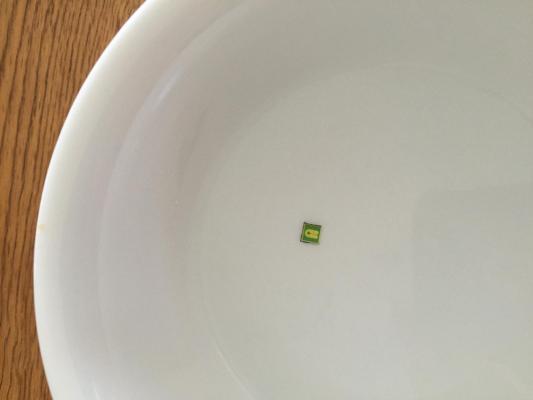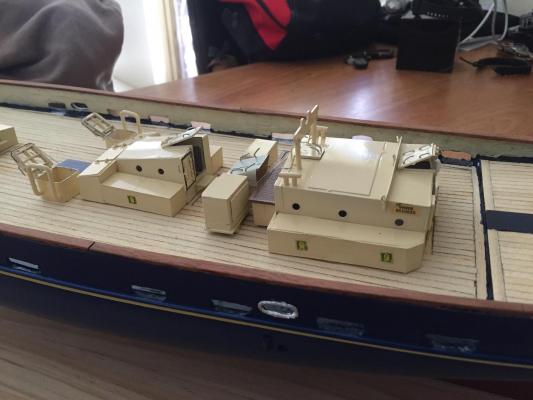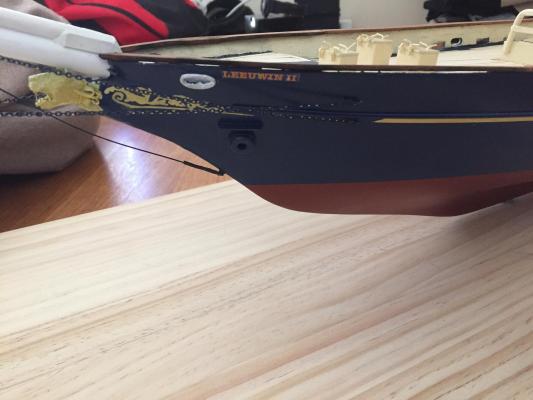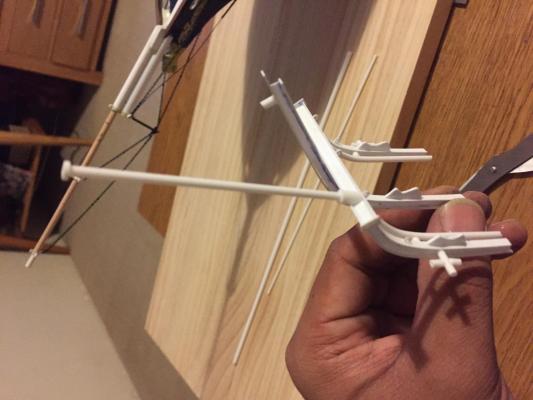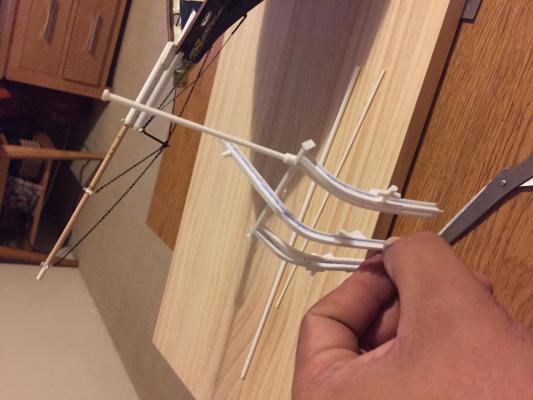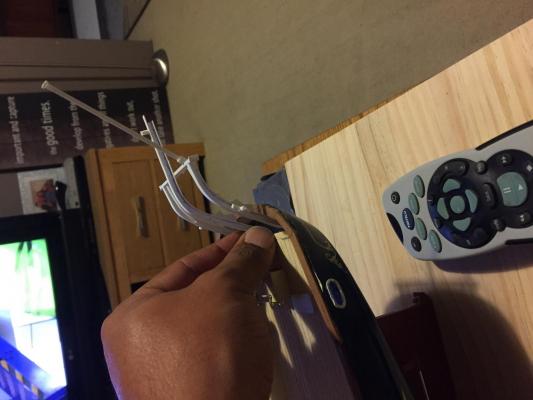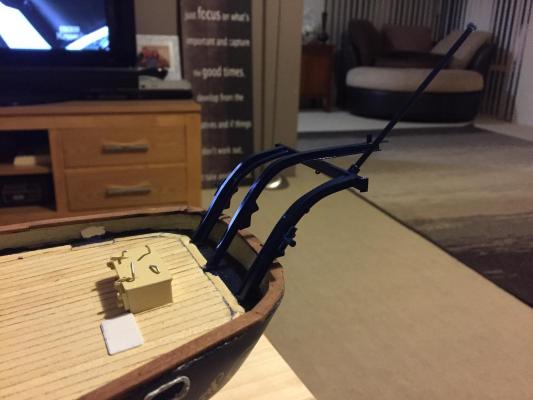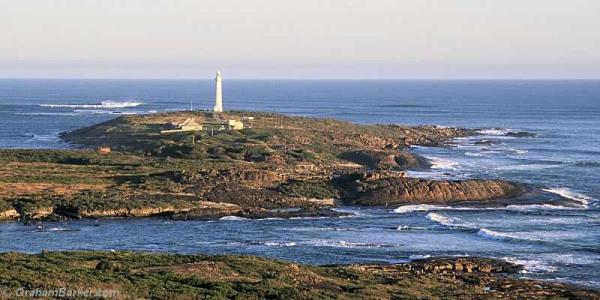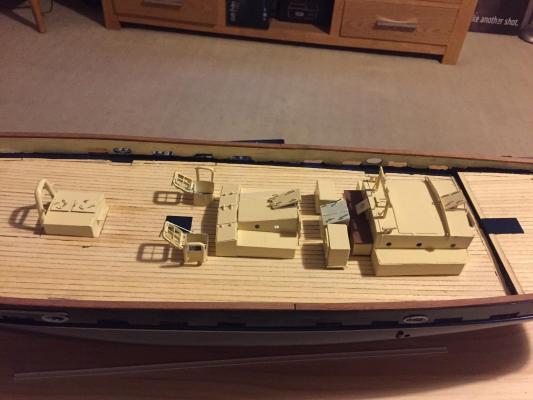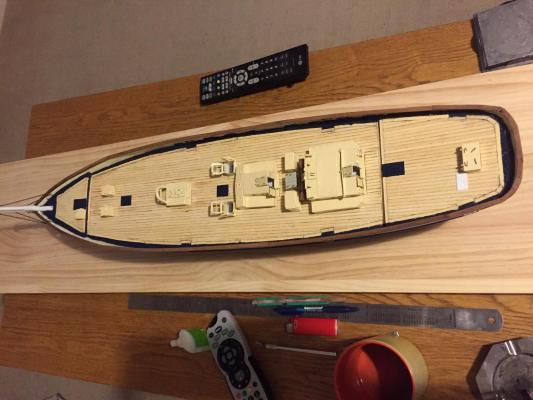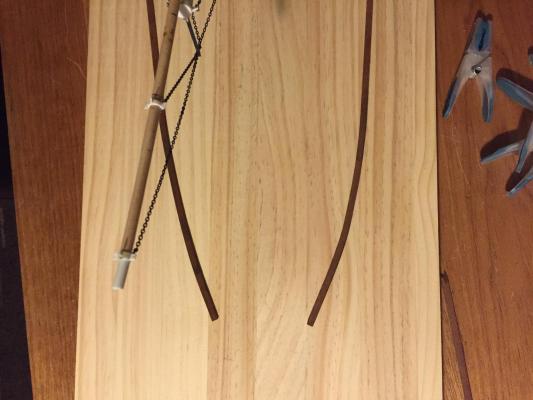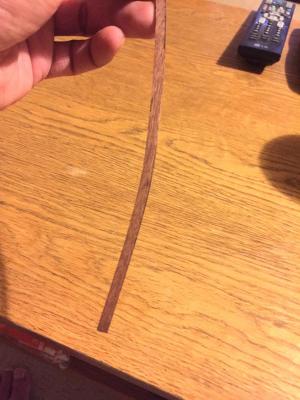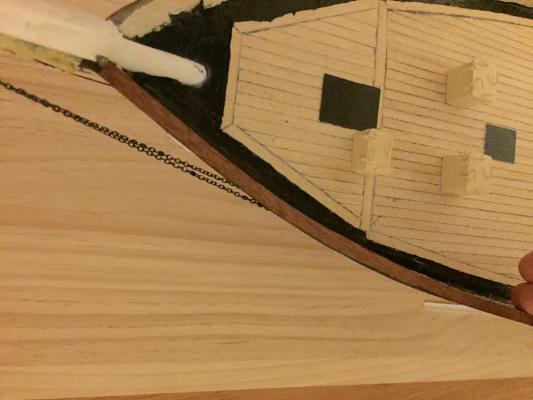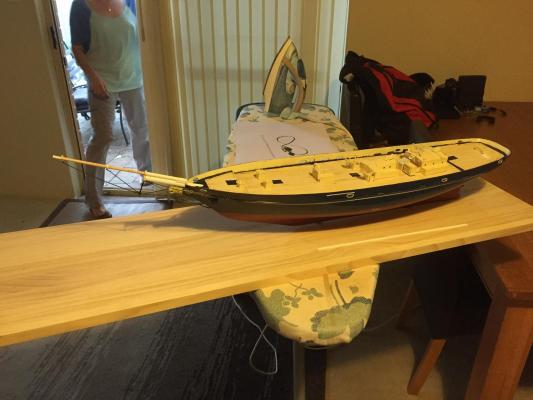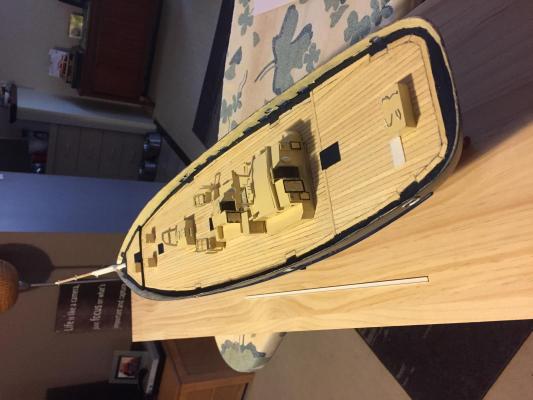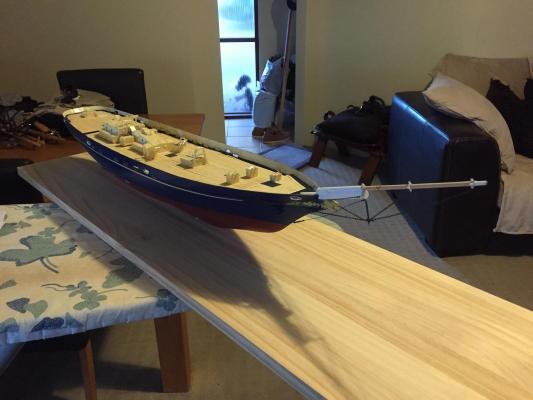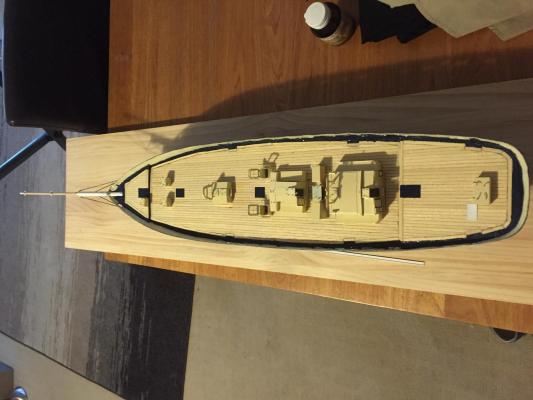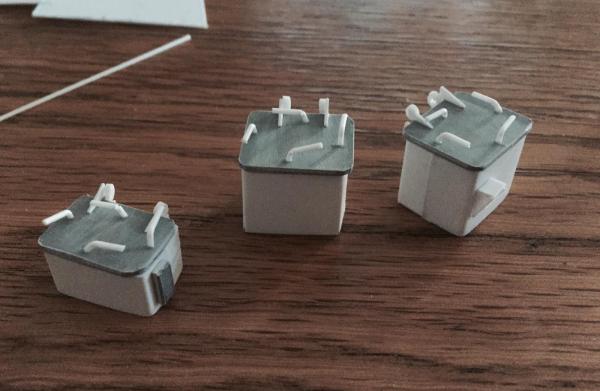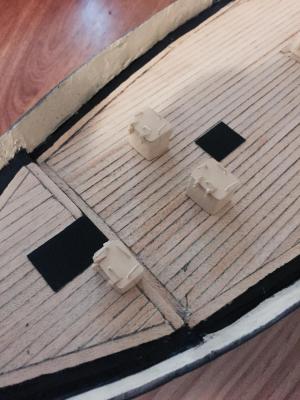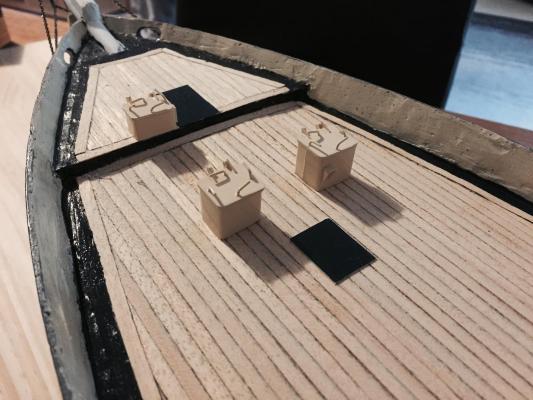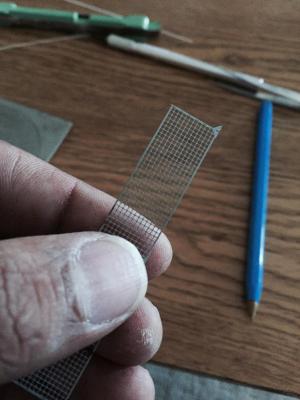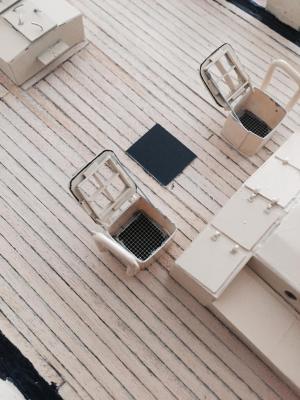-
Posts
551 -
Joined
-
Last visited
Content Type
Profiles
Forums
Gallery
Events
Everything posted by Tallshiptragic
-
G'day Marcus. Yes that's right. The Friesland is a difficult kit. The kit isn't of a ship as such as it's based on a contemporary model built between 1660-1670 of a Dutch two decker. I believe this model was destroyed during or after WW2 but a book was published with very detailed plans. The Friesland kit resembles this model remarkably apart from a few items like the shape of the quarter galleries, though the carvings appear to be the same as this model. Mamoli most likely researched this book and plans to produce the Friesland, so as far as accuracy goes... For a fictional ship, the lines and fit out is accurate for a Dutch warship of the 1660's. I built it basically out of the box though refined the planking and fittings to be more accurate. It is believed the original model depicted a warship called 'De Jong Prins' so if you compare Friesland with this ship, some changes will be needed to make it more accurate. I found all this out too late! Still though I enjoyed building the model and it does represent a Dutch ship well. Corel's Prins Willem also designed from a model of a real ship, is probably the only accurate kit of a Dutch warship of that time currently. I have the book of the Batavia and the 1/50 scale plans of the replica also. There are some issues with the plans but again can be built into an accurate representation of the replica. I'll have to go down to the WA maritime museum next time I'm in Freo (Fremantle) as one of the museums archeologists built a 1/50 scale model of Batavia that differs slightly from the replica so will have to see what that looks like as its on display. The book of De Zeven Provinciën I don't have and find it hard to find but I do have the plans that come from that book. It would be nice to have the book also though The guy that's producing the dordrecht kit is also about to release a kit on the Batavia I believe so am in contact to find out when delivery would be. If that's on the market soon I'll be purchasing that kit, so Batavia will be my next build You are right, while there are books and plans, there aren't many kits at all of that period for the Dutch. Hopefully we will soon see this change.
-
Fizz boat now pinned in place. I've pinned it to the davits just to assist with support. Now to rig after I've made some blocks up. There are two lifts fore and aft and then two smaller tackles which pull the boat into its cradles leaving it in its angled position. As an extra measure to secure the boat are two straps which lead from the port davit to the aft of the boat and one from the starboard davit to the fore peak of the boat.
-
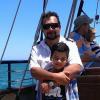
Cross-Jack Yard on a cutter (Sherbourne 1763)
Tallshiptragic replied to tkay11's topic in Masting, rigging and sails
Jack - comes from the Middle English word jakke to describe any of various portable devices for raising or lifting heavy objects short heights, using various mechanical, pneumatic, or hydraulic methods. Cross - it runs across the mast. Jackyard - a short spar to spread the topsail away from the gaff. Combined - cross jackyard. The helmsmen wouldn't need to see where they're steering as they're either steering a course, steering to orders or 'full and by' in which you would be looking at the sails themselves. -

Cross-Jack Yard on a cutter (Sherbourne 1763)
Tallshiptragic replied to tkay11's topic in Masting, rigging and sails
A cross jack yard is the lowest yard on the mizzen mast which does not normally carry a sail. It's used to spread the sheets of the topsail. So on your cutter it's just the lower yard. Here in the pic you will see the cross jack yard on endeavour. -
So while at my LHS picking up some more plastruct rod and strips, I came across a nifty burago 1/50 scale 19ft rescue boat. Looking at it I was sure it was probably too large though it was in the stash box for only $10 so thought what the hell. Turns out this 1/50 scale 19ft boat is a perfect match size wise for our 22ft fizz boat! A lot of modification needed but the boats hull itself would be suitable. Plastic strip, brass wire have been used to change the seat arrangement, outboard support/aerial base, lift bases and milliput for new seat cushions and bow fender matt. After a coat of primer I think it looks good.
-
The City of Fremantle Coat of Arms is the armorial bearings of the City of Fremantle – granted by letters patent 20 April 1971. Interpretation Arms The pile (or wedge shaped area) coloured silver with wavy blue lines alludes to the position of Fremantle at the mouth of a river. The black swan identifies the river as the Swan River, and at the same time symbolises Fremantle’s connection with Western Australia. The pile divides the remainder of the shield into two triangle areas, coloured green, which represent an open cape, or mantle. The tasselled cords are not joined, and the result is an heraldic pun, viz. A free mantle. Such arms are known in heraldry as canting’ (or punning) arms. Crest The crest is reminiscent of the crest of the Fremantle family, except that the lion has become a sea lion and has exchanged his flag for a trident, thus echoing the emblem Fremantle has used for many years. Supporters The sea lions supporting anchors symbolise Fremantle’s connection with England and its maritime and naval interests. The sinister sea lion (i.e. the right hand one) has a naval crown around its neck. Naval crowns are used in the arms of distinguished sailors and naval towns of consequence. The gold buckles occur in the arms of the Stirling family and so commemorate Sir James Stirling, the first governor of Western Australia. Two red lions occur in the arms of a family by the name of Samson; thus a happy allusion is obtained to the Fremantle family of Samson. Motto The motto, which is also that of the Fremantle family, is taken from an ancient Roman work of rhetoric. The original reads Nec prece nec pretio…a recta via deduci; Neither by entreaty nor by bribery…to be drawn from the right path.
-
Thanks Patrick, I guess hahaha so far I'm doing about 4 hours a day into the build. While the boss is at work and maybe an hour later in the evening. I promise I'm slowing down... Anyway, made some decals for green safety signs - life jackets, Epirbs, life bouys and life rafts etc - our call sign and IMO number plus hull name plates. I use the micro decal sets for inkjet printers and make up my designs using photoshop. Once printed, the images are sealed and then work just like a bought decal.
-
Wikipedia is almost right. Cape Leeuwin is in fact named in honour of the possible Dutch ship Leeuwin of 1622. Mathew Flinders a British naval officer circumnavigated and mapped Australia and rounded Cape Leeuwin in 1801. The south west cape of the then called New Holland wasn't actually called leeuwin's land by the English. Flinders named the cape in honour of the Dutch as the name Leeuwin's land (in Dutch obviously) had been noted. As an interesting side note, if it wasn't for Flinders we might be speaking French over here as at that time a French explorer was also in the process of mapping this part of Australia. Correct about the Leeuwin II name but it wasn't a yacht but a fishing vessel. Leeuwin was originally to be named Leeuwin, though when the ship was in survey and to be registered, the name Leeuwin was already in use by a commercial vessel, so II was added. Below a photo of cape Leeuwin. Where the southern ocean and Indian oceans meet.
-
Thought a break from making boxes was in order! Have three wooden deck boxes plus the helm station, another box! Had some stashed mahogany planks which I'm going to use for the capping rail. On Leeuwin the capping rail is Jarrah (an Australian red hard wood) and the colour and grain from the mahogany works well in this scale. I'll be using this for the pin rails also. To get the extreme curves I'll be doing the tried and tested - well for me anyway - soak and heat. To get this first forward curve, I soaked the plank in warm water for 30mins and using an iron slowly manipulated the plank to a suitable curve. Looks good for a test run I think.
-
Hi Keith, I don't think you need more tools, you should see what I have.... It's very little haha. I find working with plastic very easy, and I have a large stash of various sheets, strips, tube, angle strips etc which does make life easier when in need of a certain size. I'm sure if all this was done in wood it would take me a lot longer to cut and assemble, and then to make it look like steel
About us
Modelshipworld - Advancing Ship Modeling through Research
SSL Secured
Your security is important for us so this Website is SSL-Secured
NRG Mailing Address
Nautical Research Guild
237 South Lincoln Street
Westmont IL, 60559-1917
Model Ship World ® and the MSW logo are Registered Trademarks, and belong to the Nautical Research Guild (United States Patent and Trademark Office: No. 6,929,264 & No. 6,929,274, registered Dec. 20, 2022)
Helpful Links
About the NRG
If you enjoy building ship models that are historically accurate as well as beautiful, then The Nautical Research Guild (NRG) is just right for you.
The Guild is a non-profit educational organization whose mission is to “Advance Ship Modeling Through Research”. We provide support to our members in their efforts to raise the quality of their model ships.
The Nautical Research Guild has published our world-renowned quarterly magazine, The Nautical Research Journal, since 1955. The pages of the Journal are full of articles by accomplished ship modelers who show you how they create those exquisite details on their models, and by maritime historians who show you the correct details to build. The Journal is available in both print and digital editions. Go to the NRG web site (www.thenrg.org) to download a complimentary digital copy of the Journal. The NRG also publishes plan sets, books and compilations of back issues of the Journal and the former Ships in Scale and Model Ship Builder magazines.



